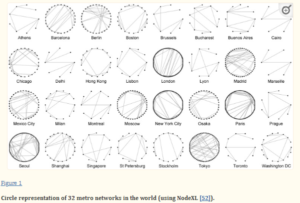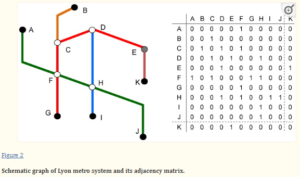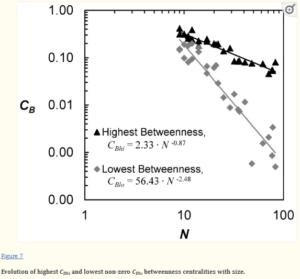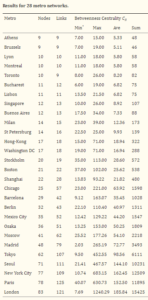Our cities are shaped by our public transit systems, our work is shaped by our transit system, our leisure activities are shaped by our public transit system and yet, they are far from perfect. Even though its funny to think of public transit in this way, this isn’t an exaggeration as cities are ever so growing, as a result population increases and housing and amenity necessities increases, this creates a debate on where these should be constructed and suddenly the green spaces and landmarks are at risk of being lost and there is only one answer to all of it, good public transportation, to efficiently move population throughout the city.
Even with this vital importance to our lives, public transportation is far from perfect and problems regarding connectivity and congestion never ceases to exist. Public either dislikes them due to how crowded they are or how they cannot reach where they want to go. Even though there are many reasons contributing to these factors, I would like to discuss the importance of betweenness of stations and how additional lines and stations change it, specifically for metro networks.
In this paper by Sybil Derrible, congestion and how planners should think before adding new lines are tried to be explained through betweenness analysis of 28 metro networks. Betweenness as we have seen in class, is a very intuitive metric when it comes to analyzing metro networks and to see how connected and congested these stations can get. Thus, betweenness can give an answer to the important question of “Will this additional line add more stress or relieve stress from the network?”
Select 28 stations were analyzed and they are shown through a Watts and Strogatz model (Figure 1). For each network, a graph G with N nodes(stations) and M edges(connection between stations) was constructed and these were depicted with an adjacency matrix representation to analyze line connections and Floyd and Djikstra algorithms were used to find shortest paths. Only transfer and terminal stations were included as stations because these contribute to betweenness more than an in between station.
An important feature of betweenness lies in how it can make a station important even though this station is far from the city center and not in an important neighborhood. These stations are of course transfer stations, which are used heavily to transfer from one line to another with the purpose of getting to the city center. An example of this is given with the perspective of Lyon metro network. Looking at Figure 2, node F is a major shopping center (Place Bellecour) which is heavily used whereas node H is heavily used just to get to node F, and in the study these two nodes were found to have the same value of betweenness.


Some other findings were:
- Betweenness was notably found to consistently become more evenly distributed with size. For example, adding lines/stations to the London network (biggest network) would add less to the betweenness of most central nodes whereas adding lines/stations to the Athens network (far smaller) would increase betweenness of central nodes more.
- The share of the node with highest betweenness decreases slower than the average, and the share of the node with lowest betweenness decreases faster than the average. In other words, nodes with highest betweenness centralities remain comparatively more central in the system, and despite a share loss, they benefit more than the average. Nodes with lowest betweenness centralities on the other hand, are proportionally less central with network size, and their betweenness centralities decrease at a faster rate than the average. (Figure 7)

These findings are important because currently, transit planners assess network centrality either geographically, such as stations in the city center, by identifying major transfer hubs, or at best by looking at platform counts. Using the concept of betweenness centrality therefore offers clear benefits to identify stations that are naturally or topologically central. In particular, and as previously mentioned, locating most central stations can be of significant help to redistribute passengers to stations and lines that experience lower volumes.
Betweenness values of other cities:

Citation:
Derrible S. (2012). Network centrality of metro systems. PloS one, 7(7), e40575. https://doi.org/10.1371/journal.pone.0040575
Some other resources I like to watch/follow about public infrastructure:
